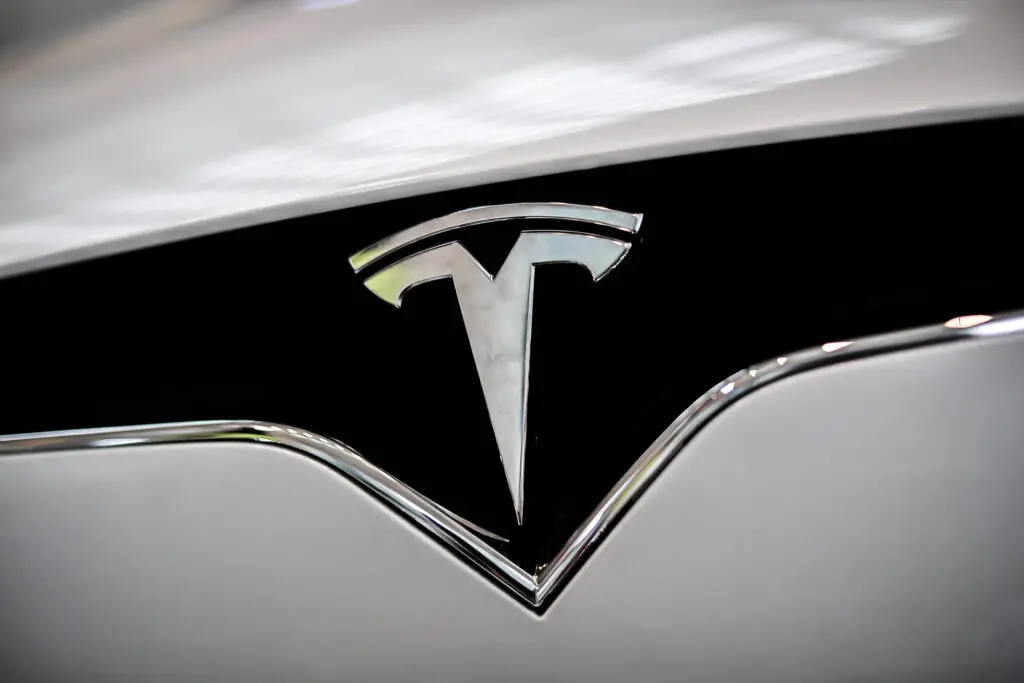Electric cars have been gaining popularity in recent years, and Tesla has been at the forefront of this trend. As the demand for electric vehicles continues to grow, questions about their construction and components have emerged. One such question is whether or not Tesla uses silver in their electric cars.
Here Is Why Tesla Does Use Silver In Their Cars
Silver is a valuable metal known for its high conductivity and durability, making it a popular choice in electronics and automotive industries, and this includes Tesla!
Tesla uses silver in many components within their electric cars and this includes:
In the wiring of the vehicle
Fuses
Switches
Connectors
In this blog, we will explore the use of silver in Tesla’s electric cars, which parts of the car use silver, and how much of the metal is needed to produce these cars on an annual basis. By understanding the role of silver in Tesla’s electric cars, we can gain a deeper insight into the technology and materials used to make these innovative vehicles.

Does Tesla Use Silver In Their Cars?
Yes, Tesla does use silver in their cars. Silver is a highly conductive and durable metal, making it an excellent material for various components in electric vehicles. Specifically, silver is used in the production of electrical contacts, connectors, and wiring within Tesla’s electric cars.
In addition to its electrical properties, silver is also known for its thermal conductivity, corrosion resistance, and reflective qualities, making it a versatile metal for use in a range of applications.
While the amount of silver used in each Tesla car may vary depending on the specific model and components, it is estimated that each car may contain a few grams of silver. With Tesla’s production volume, this adds up to a significant amount of silver used each year. However, the exact amount of silver used by Tesla on an annual basis is not publicly disclosed.
How Much Silver Does Tesla Use In Their Cars?
The exact amount of silver used by Tesla in their cars is not publicly disclosed, and it can vary depending on the specific model and components. However, based on estimates and industry averages, it is believed that each Tesla car may contain a few grams of silver.
To put this into perspective, the average passenger car is estimated to contain around 22 grams of silver, primarily used in electrical contacts and switches. As Tesla’s electric cars have a higher level of electronic components compared to traditional gasoline-powered cars, it is likely that they use more silver per car.
While the amount of silver used in each car may not seem significant, when considering Tesla’s high production volume, the total amount of silver used by the company each year could be substantial. However, without official data from Tesla, the exact amount of silver used remains uncertain.
What Parts Of A Tesla Car Uses Silver?
Several components in a Tesla car use silver due to its high conductivity and durability. Here are some of the main parts in a Tesla car that commonly use silver:
Electrical Contacts: Silver is often used in electrical contacts due to its low resistance and excellent conductivity. Electrical contacts are essential components in a Tesla car’s electronic systems, including the battery management system, charging system, and power electronics.
Wiring: Silver-coated wires and cables are commonly used in Tesla’s electric cars to improve conductivity, reduce resistance, and increase the lifespan of the wiring.
Connectors: The connectors that join various components within a Tesla car, such as the battery cells, inverters, and motors, may contain silver. The metal’s corrosion resistance and durability make it an ideal choice for these critical components.
Fuses: Silver is also commonly used in fuses, which protect various components in a car’s electrical system from damage caused by excess current. The metal’s low resistance and reliability make it a popular choice for fuses.
Switches: Silver is also used in switches, including the ones found in a car’s steering wheel and other controls. The metal’s low resistance and excellent conductivity make it an ideal material for these components.
In summary, silver is used in several key components of a Tesla car’s electrical system, including electrical contacts, wiring, connectors, fuses, and switches, due to its excellent electrical and thermal conductivity, durability, and corrosion resistance.
How Many Mines Does Tesla Need To Produce 20 Million Cars A Year?
As far as I am aware, Tesla does not directly own or operate any mines for silver or any other metals used in their cars. Instead, they rely on a global supply chain of raw materials and components sourced from various suppliers.
However, to estimate how many mines would be needed to produce 20 million cars a year, we would need to consider the global production of raw materials such as silver, copper, and lithium, which are commonly used in electric vehicles. According to industry estimates, the production of these metals would need to significantly increase to meet the demand for electric vehicles, including Tesla cars.
For example, the global production of silver in 2021 was approximately 25,000 metric tons. If we assume that each Tesla car contains a few grams of silver, and we estimate that Tesla would need approximately 50,000 metric tons of silver to produce 20 million cars, this would equate to more than twice the current global production of silver. Therefore, meeting this demand would require a significant increase in silver production and could potentially involve the development of new mines.
It’s important to note that the above estimate is a rough calculation, and the actual amount of silver and other metals used in each Tesla car may vary based on the specific model and components. Additionally, Tesla is not the only electric car manufacturer, and the demand for raw materials from the entire electric vehicle industry would need to be considered to accurately estimate the number of mines required.